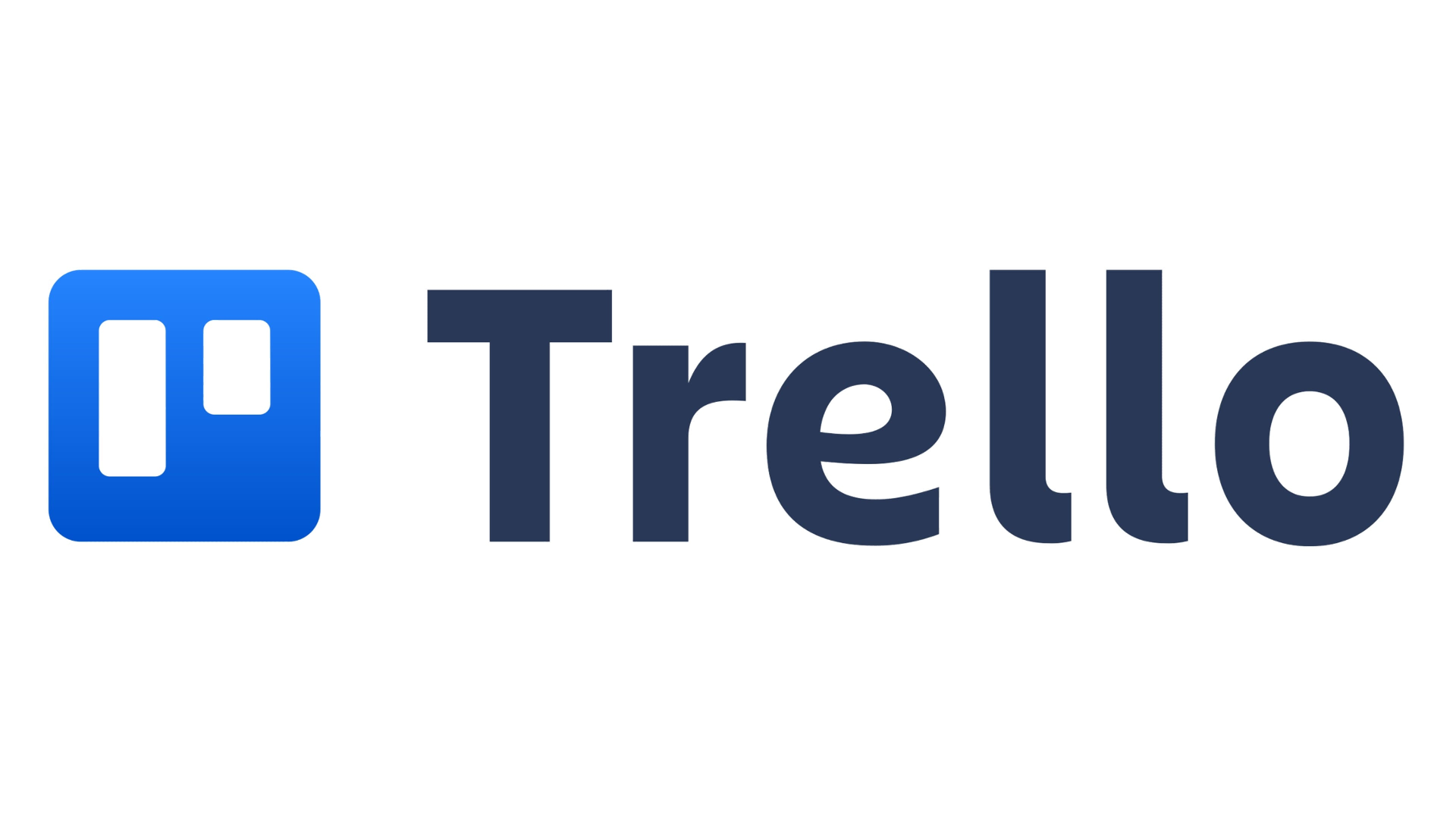Detailed Requirements and Product Vision
User Story Mapping and Product Backlog
Learning Objectives
Mastering User Story Mapping Construction Method
Understanding its role in visualizing and organizing requirements
理解它在可视化和组织需求中的作用
Learn Requirements Refinement
Further refine user stories into an executable list of features
进一步将用户描述细化为可执行的特性列表
Understanding the Product Backlog
Grasping its Composition, Prioritization, and the Importance of Continuous Refinement
把握其构成、优先顺序和持续精细化的重要性
Develop a Product Vision
Able to formulate a clear, inspiring product vision and understand its guiding role in product direction
能够制定一个清晰的,鼓舞人心的产品愿景,并理解其在产品方向上的指导作用
Part1: Introduction - From "Stories" to a Global Perspective of "Maps"
"User story maps provide a global perspective, helping us see the user journey, identify missing features, and plan releases."
“用户故事地图提供了一个全局视角,帮助我们看到用户的旅程,识别缺失的功能,并计划发布。”
Part2: Building User Story Mapping
"A user story map is a visualization tool that presents the complete picture of a product by sorting and organizing user stories according to the user journey."
“用户故事地图是一种可视化工具,通过根据用户旅程对用户故事进行分类和组织,呈现产品的全貌。”
Core Idea: 核心理念:
"Backbone" (User Activities/Main Tasks) → "Walking" (User Steps) → "Stories" (User Stories) → "Slices" (Releases)
“主干”(用户活动/主要任务)→“行走”(用户步骤)→“故事”(用户故事)→“切片”(发布)
Building Steps (with Examples)
Step One: Identify User Activities / Backbone
"What major stages or main activities do users experience when using the product?" “用户在使用产品时经历了哪些主要阶段或主要活动?”
- For example: Login, Browse products, Post products, Transactions, Reviews, etc.
- 例如:登录、浏览产品、发布产品、交易、评论等。

Step Two: Refine User Steps / Walking Skeletons
Under each activity, what specific steps does the user perform?
在每个活动下,用户执行哪些具体步骤?
- For example, under "Browse products": "Search products." "View product details," "Add to cart." etc.
- 例如,在“浏览产品”下:“搜索产品”。“查看产品详细信息”、“添加到购物车”等。
Step Three: Populate User Stories
For each user step, write specific, independent, and valuable user stories
对于每个用户步骤,编写具体的、独立的、有价值的用户故事
As an instructor,
作为一名教师,
I want to create a new programming assignment with a detailed problem description, a code template for students to start with, and a set of hidden test cases for automated grading.
我想创建一个新的编程作业,其中包含详细的问题描述,一个供学生开始使用的代码模板,以及一组用于自动评分的隐藏测试用例,
So that I can provide a structured learning activity and ensure fair, consistent evaluation.
这样我就可以提供一个结构化的学习活动,并确保公平、一致的评估。
Step Four: Identify Releases / Slices
- Draw lines on the map to slice stories into different releases (MVP, V1.0, V2.0, etc.) 在地图上绘制线条,将故事划分为不同的版本(MVP、V1.0、V2.0等)。
- Emphasize: MVP (Minimum Viable Product) is the first slice of the story map, containing the most core stories that can validate value 强调:MVP(最小可行产品)是故事地图的第一部分,包含了能够验证价值的最核心的故事
Value of User Story Maps
- ✅ Provides a global view, avoiding omissions
- ✅提供全局视图,避免遗漏
- ✅ Promotes team understanding of the user journey and product goals
- ✅促进团队对用户旅程和产品目标的理解
- ✅ Helps plan releases and priorities
- ✅帮助计划发布和优先级
- ✅ Facilitates communication and alignment
- ✅促进沟通和协调
Part 3: Transforming Requirements into Executable Feature Lists and Product Backlog
From User Stories to Features
- "User stories are from the user's perspective; features are from the development team's perspective."
- “用户故事是从用户的角度出发的;功能是开发团队的观点。”
- "A feature may consist of multiple user stories, or a user story may be a specific implementation of a feature."
- 一个功能可以由多个用户故事组成,或者一个用户故事可以是一个功能的具体实现。 For example: The user story "As a student, I want to see my learning progress bar on the course page" might correspond to a "Learning Progress Management" feature.
例如:用户故事“作为一名学生,我想在课程页面上看到我的学习进度条”可能对应于“学习进度管理”功能。
Product Backlog
Definition
"The product backlog is an ordered list of all known requirements for a product, and it is the sole source of product development."
产品待办事项列表是一个产品所有已知需求的有序列表,它是产品开发的唯一来源。
Composition
User stories, defects, technical debt, new features, optimization items, etc.
用户故事、缺陷、技术债务、新特性、优化项等等。
DEEP Principle
| Detailed appropriately 适当详细 |
| Estimated 估计的 |
| Emergent 新兴的 |
| Prioritized 按重要性排列 |
Prioritization
- Factors to Consider: Value/benefit, cost/effort, risk, dependencies
- 需要考虑的因素:价值/收益,成本/努力,风险,依赖性
- Methods:
- MoSCoW (Must have, Should have, Could have, Won't have)
- MoSCow(一定有,应该有,可能有,不会有)
- Weighted Shortest Job First (WSJF)
- 加权最短作业优先 (WSJF)
Backlog Refinement
The product backlog is not static; it requires continuous discussion, refinement, estimation, and prioritization by the product manager and the team.
产品待办事项列表不是静态的;它需要产品经理和团队进行持续的讨论、细化、评估和确定优先级。
Tools:
Jira, Trello, Asana


Part 4: Product Vision
A product vision is a long-term, ambitious, and inspiring description of the product's future state.
产品愿景是对产品未来状态的长期的、雄心勃勃的、鼓舞人心的描述。
It answers two core questions: "Why are we building this product?" and "What do we want this product to ultimately become?"
它回答了两个核心问题:“我们为什么要开发这个产品?”以及“我们希望这个产品最终成为什么?”
Role: Provides direction and cohesion for the team, guiding all decisions.
角色:为团队提供方向和凝聚力,指导所有决策。
Product Vision Statement Template
Geoffrey Moore's Template:
For [target customer]
针对[目标客户]
Who [has a certain need or pain point]
谁[有某种需要或痛点]
The [product name] is a [product category]
[产品名称]是一个[产品类别]
That [key benefit/problem solved]
[关键利益/问题解决了]
Unlike [main competitor]
不像[主要竞争对手]
Our product [core differentiated advantage]
我们的产品[核心差异化优势]"For urban residents seeking convenient transportation, Who are tired of traffic jams and parking difficulties, The Uber is an on-demand ride-hailing service, That connects passengers and drivers via a mobile app, providing a convenient and efficient travel experience. Unlike traditional taxis, Our product offers more flexible dispatching, more transparent pricing, and more personalized service."
“对于那些厌倦了交通拥堵和停车困难的城市居民来说,优步是一种按需叫车服务,通过移动应用程序连接乘客和司机,提供方便高效的出行体验。与传统出租车不同,我们的产品提供更灵活的调度、更透明的定价和更个性化的服务。”
Part 5: Relating to PMBOK Knowledge Areas
Planning Performance Domain
- "Requirement refinement" and "product backlog construction" are core planning processes
- “需求细化”和“产品待办事项列表构建”是核心计划过程
- PMBOK emphasizes planning through iterative and incremental approaches, which aligns with the continuous refinement of the product backlog in agile
- PMBOK强调通过迭代和增量方法进行计划,这与敏捷中产品待办事项列表的持续细化相一致
- User story maps are also a visual planning tool
- 用户故事地图也是一种视觉规划工具
Delivery Performance Domain - Scope Definition
- User story maps and product backlogs jointly define the "scope" of the product
- 用户故事图和产品backlog共同定义了产品的“范围”
- The Delivery Performance Domain focuses on how to effectively deliver value, and clearly defined requirements (through story maps and backlog) are a prerequisite for effective delivery
- 交付性能领域关注于如何有效地交付价值,而明确定义的需求(通过故事图和待办事项)是有效交付的先决条件
Strategic Artifacts
- Product Vision Statement: A key strategic artifact that guides product direction and ensures alignment with organizational strategy
- 产品愿景声明:指导产品方向并确保与组织战略保持一致的关键战略工件
- Roadmap: The slices (Releases) of the user story map can be seen as the preliminary form of a product roadmap, showing the product's delivery plan at different stages
- 路线图:用户故事图的切片(发布)可以看作是产品路线图的初步形式,显示了产品在不同阶段的交付计划